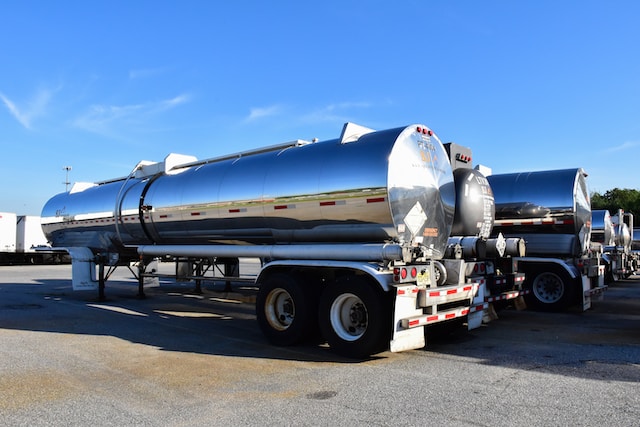Oil tank installation requires specialized knowledge and experience. It is not a task that any homeowner should attempt on their own, as doing so can result in heat loss for your building, costly oil spills, and environmental fines.
Before installing an above-ground tank, you must consider core considerations such as the size and capacity required for your home or business. You must also ensure the tank is appropriately positioned and fitted with the necessary equipment to reduce risks.
Size and Capacity
Choosing the correct oil tank size will ensure you always have enough heating oil. It is crucial if you have children or older people living in your home.
Generally, your heating oil tank should be large enough to hold around 275 gallons. You can determine the tank size you need by using a fuel oil stick or other calculation tools on your oil provider’s website.
The tank’s capacity should be sufficient for your home’s usage and any statutory requirements in your area. It should also be tall enough to install a combination oil tank gauge and vent alarm into the tank bottom outlet tapping. The tank’s interior should be encapsulated and fitted with two “romantic” valves that are temperature sensitive and will shut off the oil supply in case of a fire and a fuel filter. Tanks can be buried or installed above ground. Buried tanks are more expensive to replace or remove than those above ground and in hard-to-reach areas like basements.
Ground Conditions
A new tank must be set on a concrete pad at least three inches thick, accommodating the entire tank. The pad should also be level, and ideally, the tank should sit at least 12 inches from your building’s foundation to minimize the risk of frost heaving.
It’s best to have an oil tank replacement professional take care of this job for you. It’s a delicate task involving maneuvering an enormous metal container, leading to costly damage, a messy oil spill, and possible environmental violations.
Ensure your oil tank has a vent whistle and an oil gauge in the designated areas at the tank’s base. In addition, you’ll have to decide between installing an indoor or outdoor tank. You should know that outdoor tanks must meet specific oil tank installation Westchester County NY, regulations. In contrast, indoor tanks are a good option for homeowners who want to free up garage or basement space and save on labor costs.
Safety
Regardless of where you locate your tank, following building standards and fire safety regulations is crucial to protect your home and the tank. In addition, a risk assessment must be carried out by a certified technician before installing any tank.
The tank should be installed away from water sources and not flushed against the house to prevent external rusting. The oil tank should also be located away from trees and brush, as the foliage may rub against the tank, causing damage over time.
The tank should have a drip pan to catch any spills that might occur. It is also recommended to install a vent alarm (also known as a vent whistle) on your oil tank, which is a device that sounds when the tank is nearly empty. Installing an oil tank gauge is also a good idea, as it shows how much fuel remains in the tank.
Installation
An improperly installed oil tank can cause leaks and spills that cost tens of thousands of dollars and harm people, property, and the environment. It is the legal and financial responsibility of home and business owners to clean up any oil tank leaks or spills.
National and local standards regulate oil tank installation procedures, including NFPA 31, the National Fire Protection Association’s installation standard for oil-burning equipment installation.
An above-ground oil tank can be placed on a concrete basement floor and is less expensive than an underground oil tank that requires digging. It’s also possible to install an indoor tank in a garage or basement, freeing up space for tools and a flowerbed.

